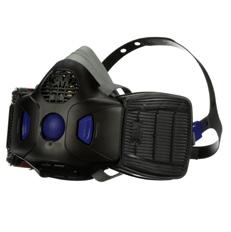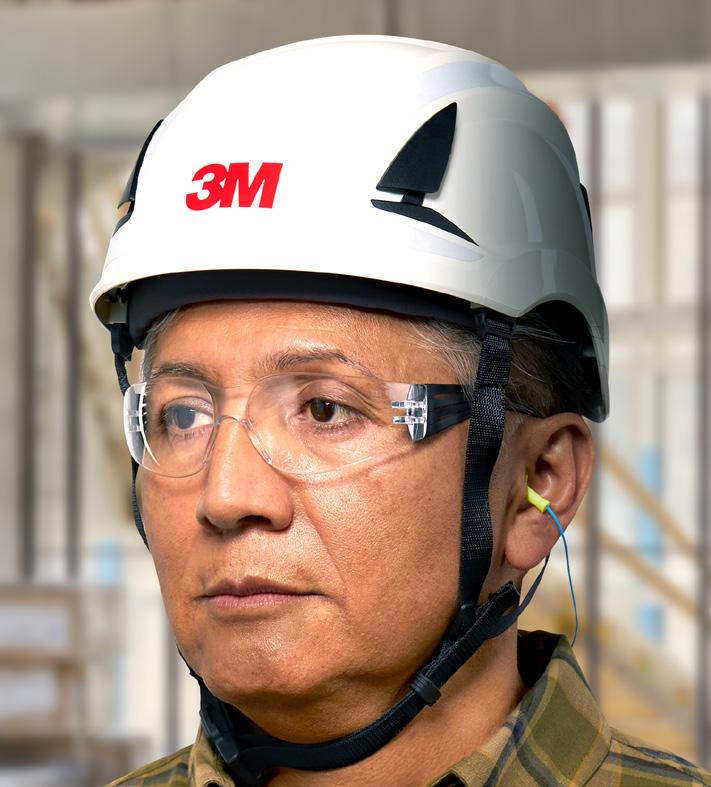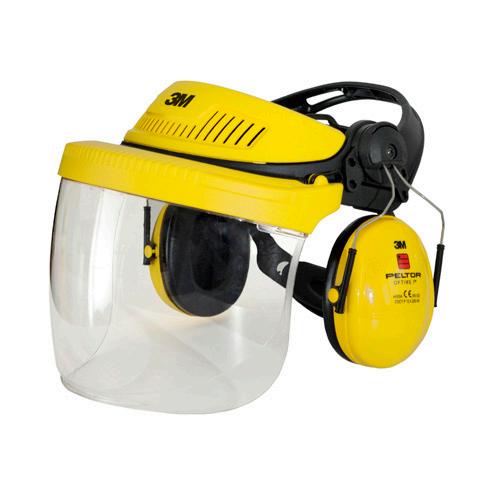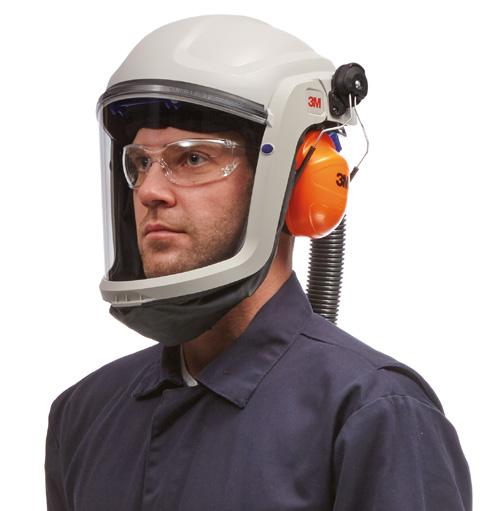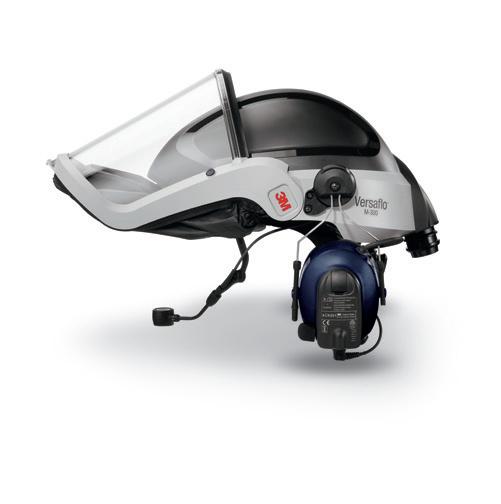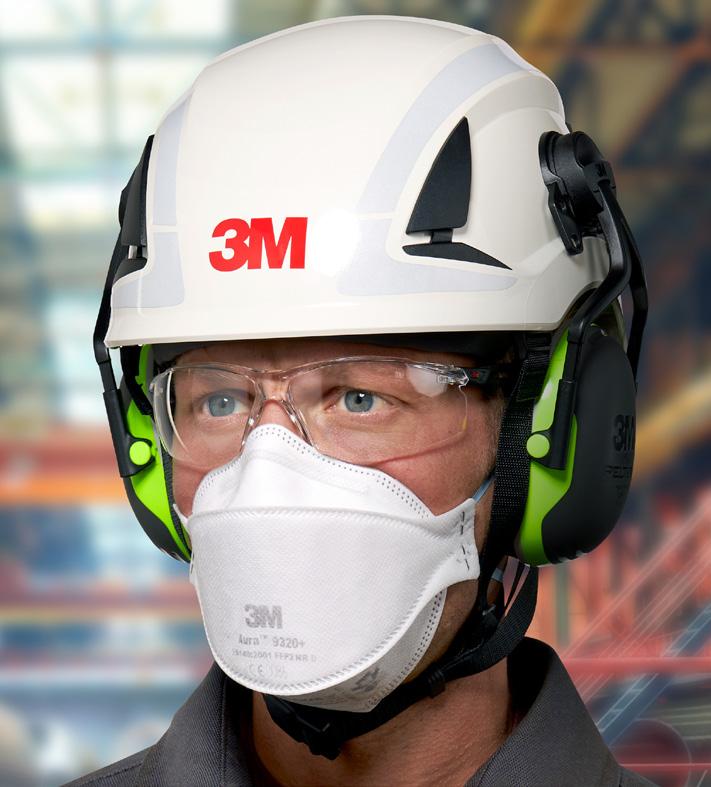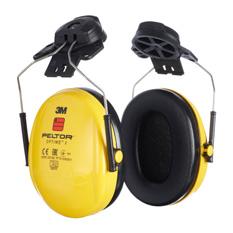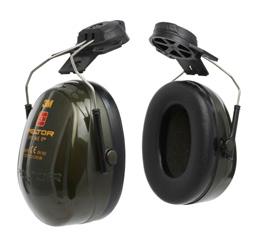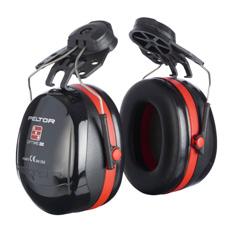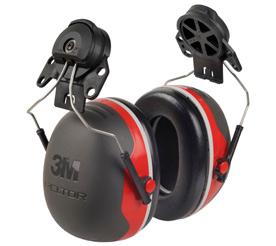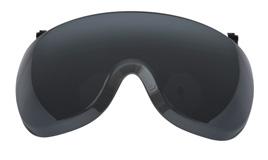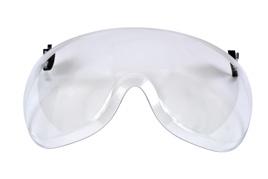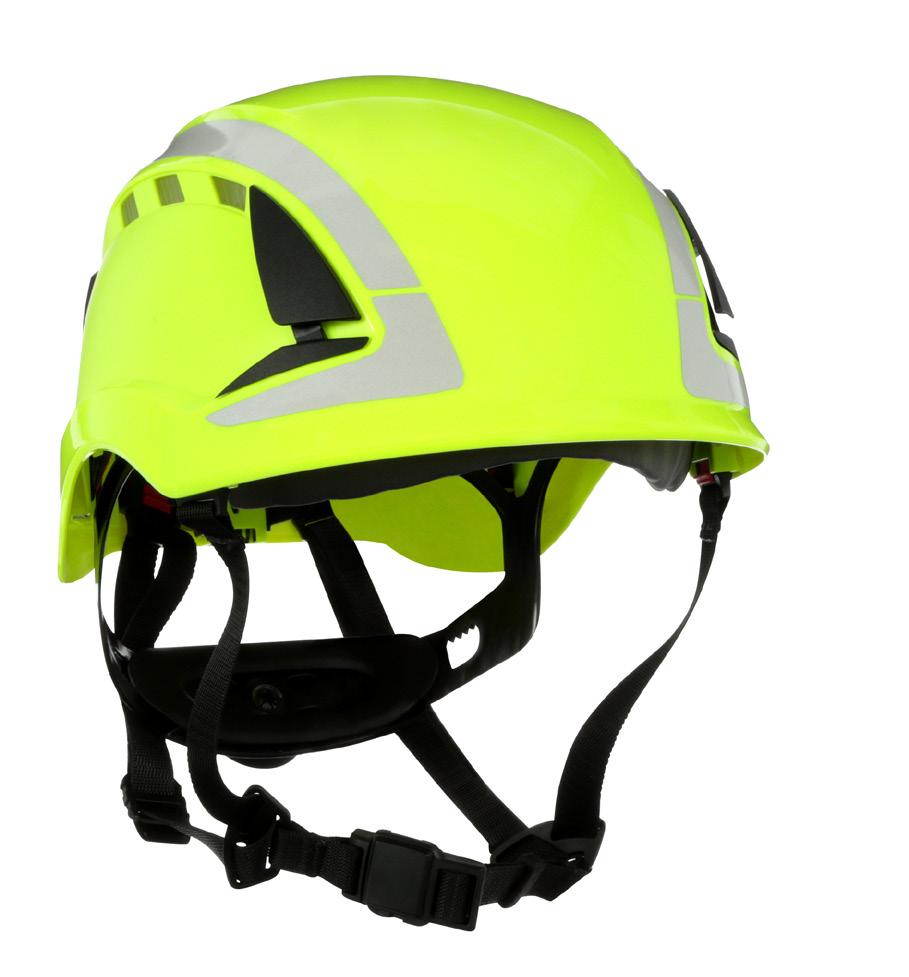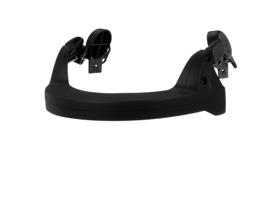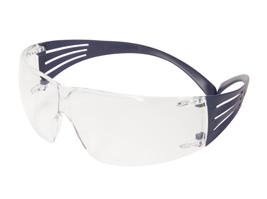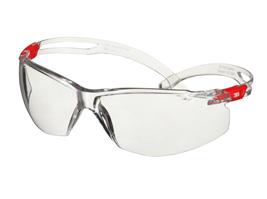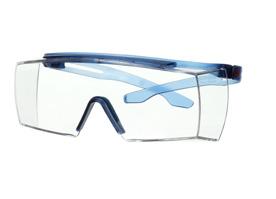Is your PPE working together?
What does PPE compatibility mean?
Definition - The ability for items of PPE, when worn simultaneously, not to compromise the fit of one another to protect the wearer and offer effective protection for the full working shift.
In many workplaces there is a requirement to wear more than one type of PPE at any one time. A construction worker, for example, may need to wear a hard hat, ear muffs, a respirator and safety spectacles; whilst a welder may require a welding shield with ear muffs and a particulate respirator. All of these items of PPE will be individually CE marked and fully approved to the relevant Harmonised European standard(s) but this does not necessarily mean that they will fit well together on the wearer. Most of the - current European standards are written around testing individual stand- alone items, with the exception of earmuffs attached to safety helmets or rigid headtops of powered and supplied air respirator system, and the interaction with other PPE is not assessed. Compatible PPE should be worn in a way that no one item compromises the ability of another to protect the wearer.
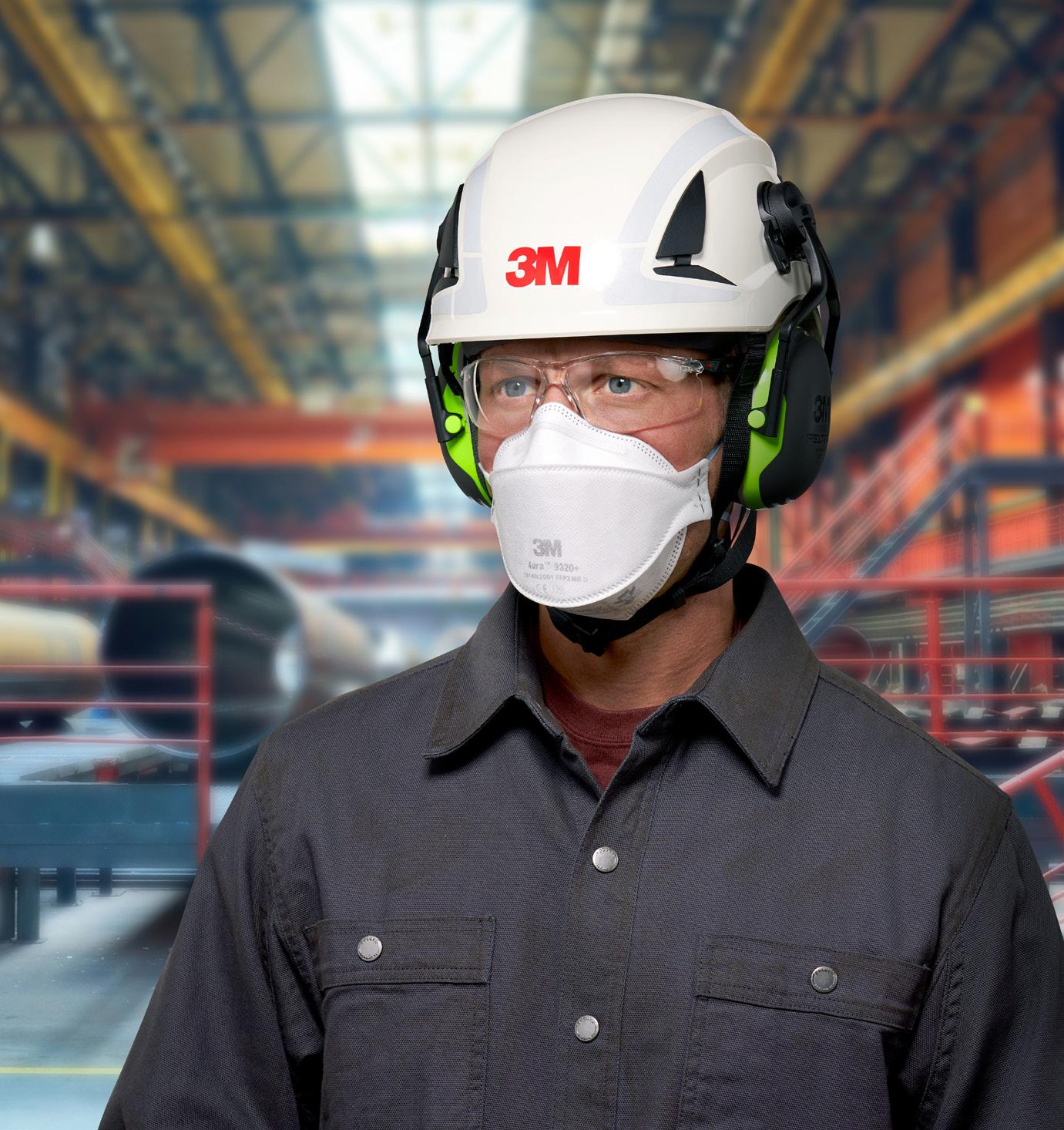
What are the risks associated with incompatible PPE?
• Incompatible PPE may result in a reduced level of protection, from one or more items worn, or even no protection at all. For example, earmuffs attached to safety helmets must be tested and CE approved against the Harmonised European standard EN 352-3 before use, even though it may be physically possible to attach them to a safety helmet. In another example, a disposable particulate respirator which relies on the ability of the product to achieve an adequate seal to the wearer’s face may be rendered ineffective if a pair of safety goggles causes the seal to lift away from the nose and cheekbones.
• Likewise, a pair of safety spectacles which sits too highly on the wearer’s face when worn with RPE may reduce the level of eye protection offered. Eyewear with thick side arms worn with ear muffs can also reduce the attenuation offered by the hearing protection.
• Another factor to take in to account when considering compatibility is the comfort of the wearer. Compatible PPE should generally be more comfortable when worn correctly than incompatible PPE and wearers of uncomfortable products will be more likely to readjust them, potentially affecting protection, or remove them altogether. Likewise, discomfort can be a cause of incompatibility as wearers may wear PPE in a way that renders it less effective. If wearers are constantly moving or adjusting their PPE to make it comfortable or to avoid slippage, this could cause a distraction on the task in hand potentially leading to accidents, or certainly a less productive worker.
Legislation
The importance of compatibility is such that it is also recognised by the law. When selecting PPE employers must not only ensure that it is adequate, meaning that it is capable of protecting the wearer from the hazard to an appropriate level, but it must also be suitable. Suitability means that the PPE is appropriate for the environment (including; weather, atmospheric conditions and noise levels), the person (it is as comfortable as possible and does not affect the ability of the wearer to do their job) and the task (taking into account the work rate for example). For PPE to be suitable it must also be compatible, both with the wearer and any other PPE worn. In accordance with the PPE Use Directive 89/656/EEC, the selected PPE should control exposure adequately to the hazardous substances to which the wearer is exposed, or is liable to be exposed, throughout the time it is used. When selecting PPE it is important to take into account the design aspect to ensure it is adequate and suitable, i.e. the equipment fits the wearer, does not dislodge, deform, or otherwise fail to perform in the conditions in which it is used and is compatible with other PPE worn. Likewise, the PPE Use Directive 89/656/EEC explains that where the presence of more than one risks to health or safety makes it necessary for to wear or use simultaneously more than one item of personal protective equipment, such equipment is compatible and continues to be effective against the risk or risks in question. When used together, the chosen PPE should adequately control the risks against which they are provided to protect. For example, certain types of halfmask respirator and goggles worn together can prevent one or both items fitting correctly, leading to increased risk of eye injury and/or respiratory exposure.
What are the benefits of compatible PPE?
The benefits could include:
• Protected workforce
• Regulatory compliance
• Increased likelihood of a productive workforce
How can PPE compatibility be achieved?
With the exception of earmuffs attached to safety helmets or rigid headtops of powered and supplied air respirator systems, there is no clear cut method by which to assess or achieve compatibility, but there are a number of things that can be done to help.
Compatibility is very much an individual assessment and PPE which is suitable for one person may be incompatible when worn by another. It is very likely that no one style or size or model of product will be compatible on every person in an organisation and a mixture of styles may well be necessary. For this reason, it is strongly advised that wearers are involved in the PPE selection process. By allowing workers to try on different models feedback can be gained on both wearer comfort and the look of the product mix – this visual assessment can be a simple but very effective way to rule out products which do not fit well together on an individual. Additionally, when undergoing fit testing respirator wearers must wear other PPE as appropriate which may influence the face seal.
A fit test pass indicates that the respirator is able to achieve an adequate seal on the wearers face when worn with that PPE.
Another option could be a PPE system, such as a powered air respirator which may incorporate hearing, head, eye and respiratory protection in one unit or a helmet with integrated earmuffs and eyewear. These systems can reduce the number of items and associated fitting components competing for space which can in turn helps improve compatibility.
Training, as always, is a key factor in helping to achieve compatibility. Wearers should be able to fit their PPE correctly and understand the importance of good fit of all products and continuous wear whilst in the hazardous area.
• If trials were conducted, feeling of employee involvement/ engagement in PPE selection & use decisions
• Comfortable workforce
• Lower incidence of distraction on task in hand
• Cost effective PPE (Protects your investment)


